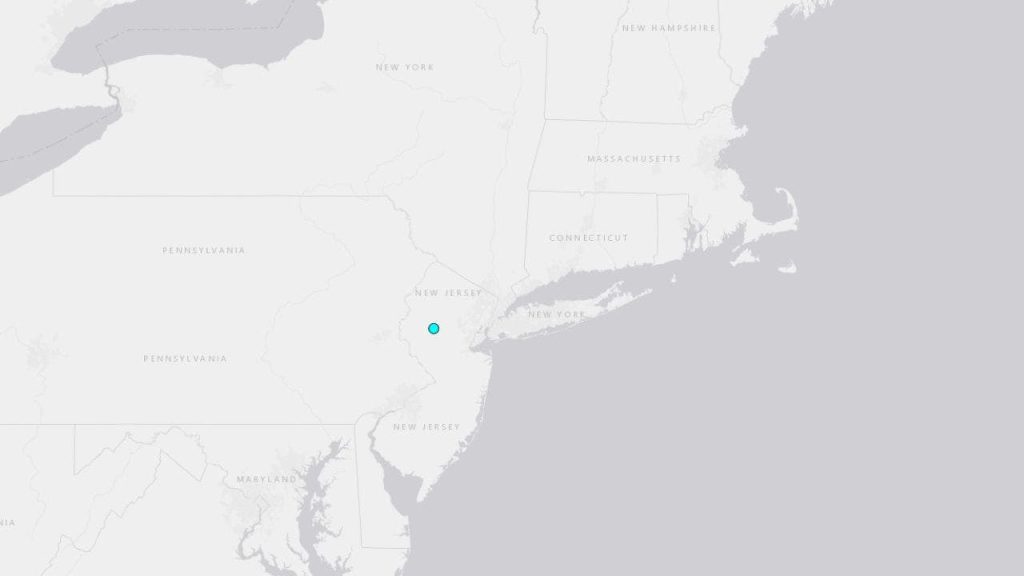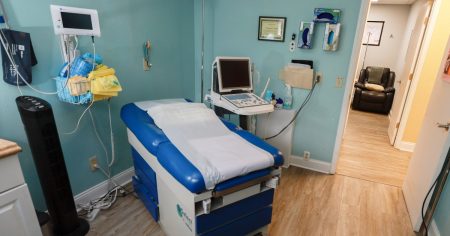A small earthquake with a magnitude of 2.9 rattled New Jersey on a Saturday morning, just three weeks after a more forceful 4.8 quake hit the area. The recent earthquake occurred near Tewksbury, located in Hunterdon County, about 35 miles west of New York City. It is unclear if this seismic activity was an aftershock from the April 5 earthquake near Whitehouse Station. Ashley Papa, a Fox News Digital editor living in New Jersey, reported feeling the quake while in her kitchen with her toddler. She described feeling the house shake strongly and hearing a rumbling sound, similar to the April quake. More than 130 aftershocks have been recorded in the region since the April event, with the most recent one being the strongest aftershock experienced.
Earthquakes are rare along the East Coast, with the most powerful one in the last 100 years occurring in August 2011, with a magnitude of 5.8. This quake was centered in Virginia and felt from Washington, D.C. to Boston. The recent seismic activity in New Jersey follows a 1.7 magnitude earthquake in New York City on January 2. Professor John Ebel, a seismologist at Boston College, stated that earthquakes above 5.0 on the Richter scale generally occur once every 120 years. He added that although earthquakes cannot be predicted, the possibility of a damaging earthquake happening at some point is not insignificant. The April 5 earthquake left seismologists puzzled as it did not occur on the Ramapo Fault zone, demonstrating the challenge of predicting earthquakes.
The April earthquake has raised concerns about the possibility of a major earthquake occurring along the East Coast and whether the region is prepared for such an event. It has left residents wondering why they are still experiencing aftershocks weeks after the initial quake. The seismic activity has caused anxiety among residents, with many questioning the nature of these quakes and the unpredictability of such events. Professor Ebel emphasized the difficulty in predicting earthquakes and the existence of a low but real probability of a damaging earthquake occurring in the region. The Ramapo Fault zone, which spans New York, New Jersey, and Pennsylvania, has a history of seismic activity that dates back to 200 million years ago, highlighting the complex nature of earthquakes in the area.
The recent earthquakes in New Jersey and surrounding regions have reignited discussions about earthquake preparedness and response. The frequency of seismic activity has caught many residents off guard, with some expressing concerns about the intensity of the aftershocks and their impact on buildings and infrastructure. The unpredictability of earthquakes poses a challenge for scientists and emergency responders, who must be ready to address the potential consequences of a major quake hitting the East Coast. As seismologists continue to study the seismic activity in the region, residents are encouraged to stay informed about earthquake safety measures and preparedness plans. The recent earthquakes serve as a reminder of the need for vigilance and preparedness in the face of natural disasters.















